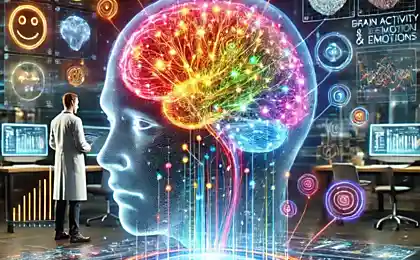155
How to Stay Calm: Science Without Cries and Regrets

When the brain screams: Why do we fall for those we love?
A University of California (2022) study found that 73% of parents experience "emotional tsunamis" - instant bursts of anger caused by an overload of the limbic system. But biology is not a sentence. We will tell you how to reprogram your reactions.
Neurophysiology of breakdown: What is going on in your head?
In times of stress, activate:
- Amygdala Threat detector (even if the threat is spilled juice)
- hypothalamus - triggers cortisol release.
- Prefrontal cortex Disconnects, depriving rationality

5 Instant Braking Techniques
Method 10-100-1000
Psychologist Laura Markham advises asking questions:
- Will it matter in 10 minutes?
- Will it hurt in 100 days?
- Will life change in 1,000 days?
When my son broke the vase, instead of shouting, I said, “Thank you for showing us where we have a weak spot.” Now it's our family meme" - Anna, mother of 7-year-old Maxim.
Mirror neurons technique
According to Risolatti (1992), children copy your reactions. Action algorithm:
- Squeeze and break your fists 3 times.
- Repeat the child’s phrase in a calm tone (“Are you angry that it’s time to sleep?”).
- Pause for 7 seconds before replying.

Prevention of emotional storms
The 20/80 Rule for Parents
Pediatrician Harvey Karp recommends:
- 20% of the time to correct behavior
- 80% - to strengthen communication (games, hugs, laughter)
Create an "anti-stress checklist"
Example list for the kitchen:
- Massage the earlobes (10 seconds)
- Drink a sip of water at room temperature
- View the pattern on the wallpaper
Glossary
Amygdala The brain area responsible for processing fear and emotions.
limbic system A set of structures that regulate emotional reactions.
Mirror neurons Brain cells that are activated by observing the actions of others.
Sources: University of California San Diego, Journal of Child Psychology, by Giacomo Risolatti. The material is relevant for September 2024.
The neurophysiology of charm: How to activate internal light
Dynamic equilibrium: How to turn chaos and control into allies























